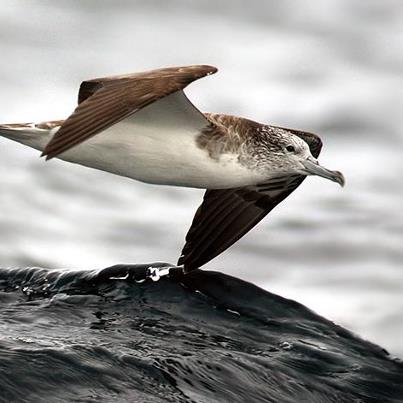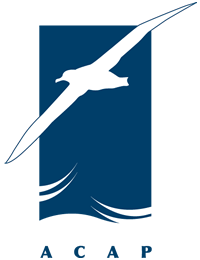Hiroshi Arima (Faculty of Medicine, Kyoto University, Kyoto, Japan) and colleagues write in the Japanese journal Ornithological Science on assigning gender to sexually monomorphic Streaked Shearwaters Calonectris leucomelas.
The paper’s abstract follows:
“Like most seabirds Streaked Shearwaters Calonectris leucomelas have sexually monomorphic plumage. Researchers have conveniently identified gender in the field by means of two types of calls, associated with dimorphism in body size. By molecular sexing analysis using the chromo-helicase-DNA-binding (CHD) genes, we determined the gender of Streaked Shearwaters in relation to call types and body size. We recorded the type of calls, measured body dimensions and collected non-invasive samples (buccal cells or feathers) of Streaked Shearwaters at two breeding islands. As obvious amplification to identify gender by polymerase chain reaction (PCR) could not be obtained at high rates using a known universal primer pair, we developed two new primer pairs to identify gender in this species; this enabled us to identify the gender of all of the samples. Without exception all males gave high-pitched calls, whereas all females gave low-pitched calls. Molecular evidence also confirmed morphometric differences between males and females. We, therefore, conclude that Streaked Shearwaters exhibit sexual dimorphism in body size and call type. Males are significantly larger than females, and males give high calls whereas females give low calls.”

Reference:
Arima, H., Oka, N., Baba, Y., Sugawa, H. & Ota, T.2014. Gender identification by calls and body size of the Streaked Shearwater examined by CHD genes. Ornithological Science 13: 9-17.
John Cooper, ACAP Information Officer, 30 June 2014

 English
English  Français
Français  Español
Español